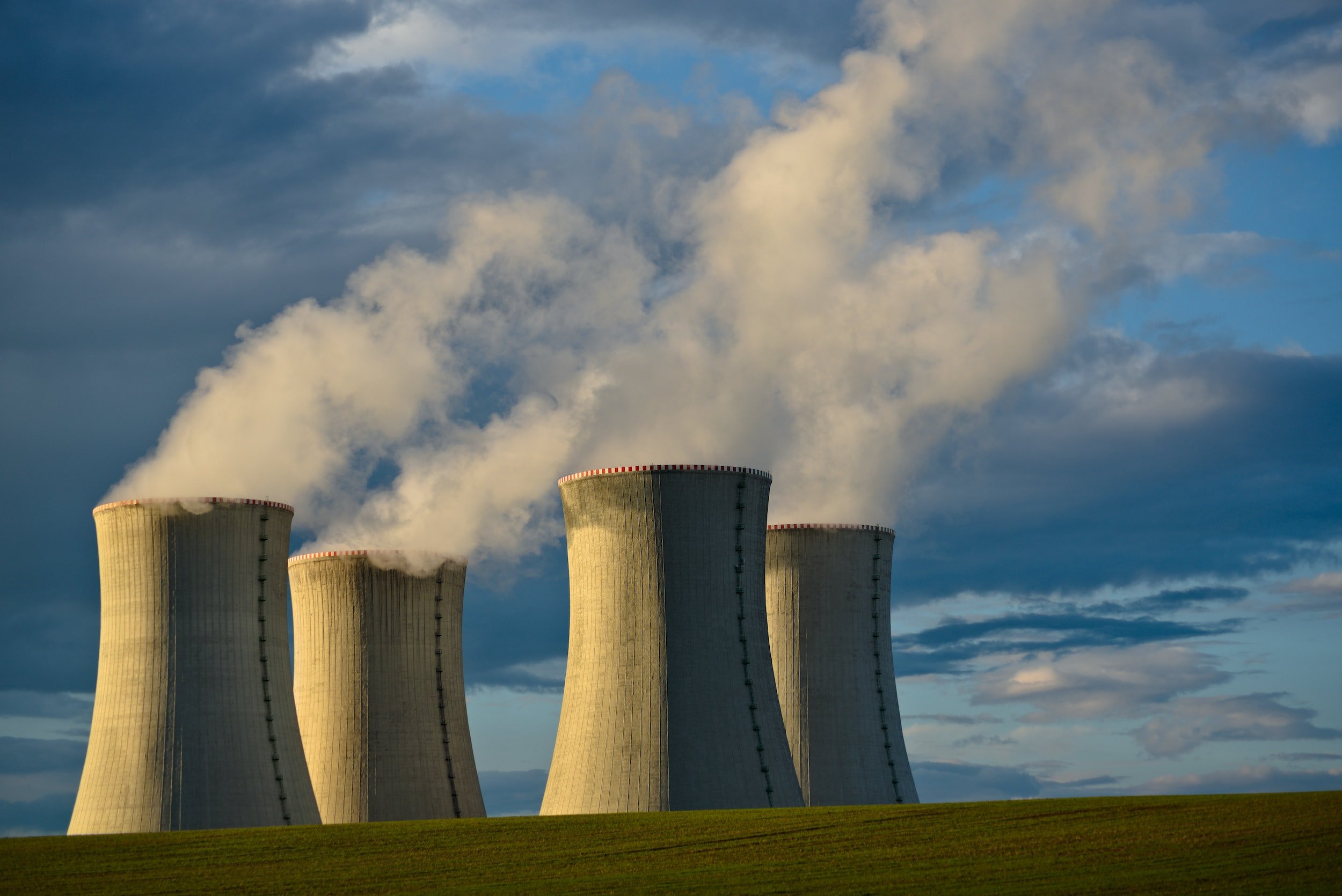Is Nuclear Energy a Climate Change Solution?
Nuclear energy is controversial. For many people, the first thing that comes to mind is the devastation from nuclear weapons during WWII or the major disasters at Chernobyl and Fukushima. Nuclear energy is often viewed negatively in pop culture as well. A recurring joke throughout the 34 seasons of the Simpsons is that the nuclear plant in Springfield where Homer, the main character, works is poorly run and constantly on the brink of disaster. In some episodes, nuclear waste seeps into the environment, causing multi-eyed fish and mutant spiders to terrorize the community.
On the other hand, while many view nuclear energy negatively, a subset of the population believes it to be a climate “panacea,” a cure-all that is our only option to reach net-zero carbon emissions fast enough on a global scale. It has high efficiency compared to other renewable energy sources, and because global warming is a time sensitive issue, an expansion of the nuclear energy sector could play an important role in addressing climate change.
While not technically a renewable energy source, nuclear energy is a highly efficient zero-emission energy process. The process occurs through the fission of uranium atoms. Nuclear fission generates energy through the collision of neutrons with a larger atom (i.e., uranium or plutonium) that splits it into two smaller atoms. Energy must be conserved, so the collision generates excess energy in the form of heat, which is converted to electricity. This process leads to nuclear energy being both more efficient than fossil fuel production and more reliable than solar and wind power because it is not weather dependent.
Despite these clear benefits from an energy efficiency perspective, it is necessary to discuss a significant fear regarding nuclear energy: nuclear waste disposal. There are three types of nuclear waste: low, intermediate, and high. High-level waste accounts for 95% of the total radioactivity but only 3% of the volume of waste generated. That said, nuclear power, compared to fossil fuels, produces very little waste. A nuclear reactor that could supply electricity to over a million people for a year will only produce three cubic meters of high-level waste.
Recently, Finland built the first permanent storage facility for high-level waste. While this is a relatively small amount of waste generated, past accidents, such as the one in Chernobyl in 1986, have shown how damaging both immediate and long-term exposure can be for human health. Fear of nuclear accidents and a reluctance to invest in new infrastructure are two reasons why many reactors have closed over the last decades. Still, it is important to recognize that pollution from fossil fuel production has negative health effects as well.
Nuclear energy currently accounts for 20% of the United States’ total energy profile and over half of carbon-free energy generated in the US each year. While expanding the nuclear energy sector could be a possible climate change solution, the high cost of building the reactors, the proper training of high-skilled workers, and altering public perception are all necessary to accomplish this goal.
As with many issues related to climate change mitigation, there is not an obvious solution to these complex problems. An expansion of the nuclear energy sector in the United States and internationally will certainly be met with hesitation and resistance, but global warming requires us to look towards innovative solutions if progress is going to be made.

